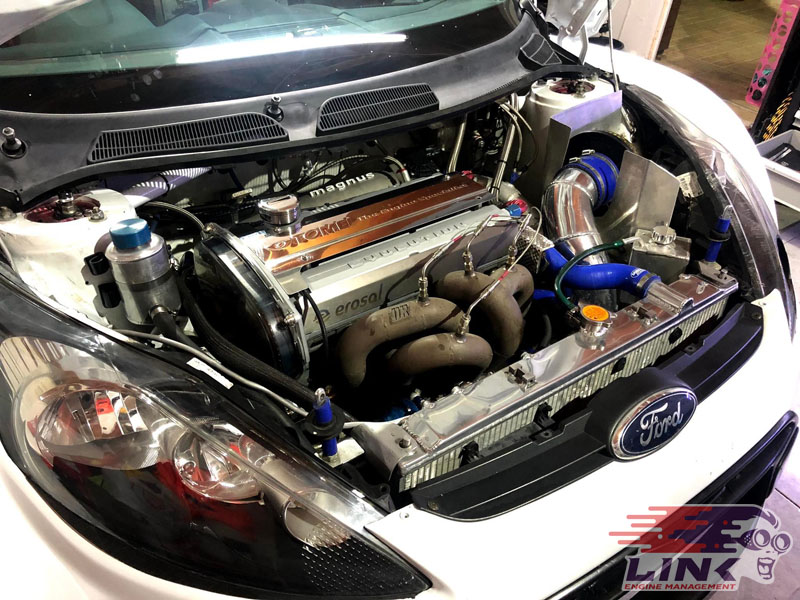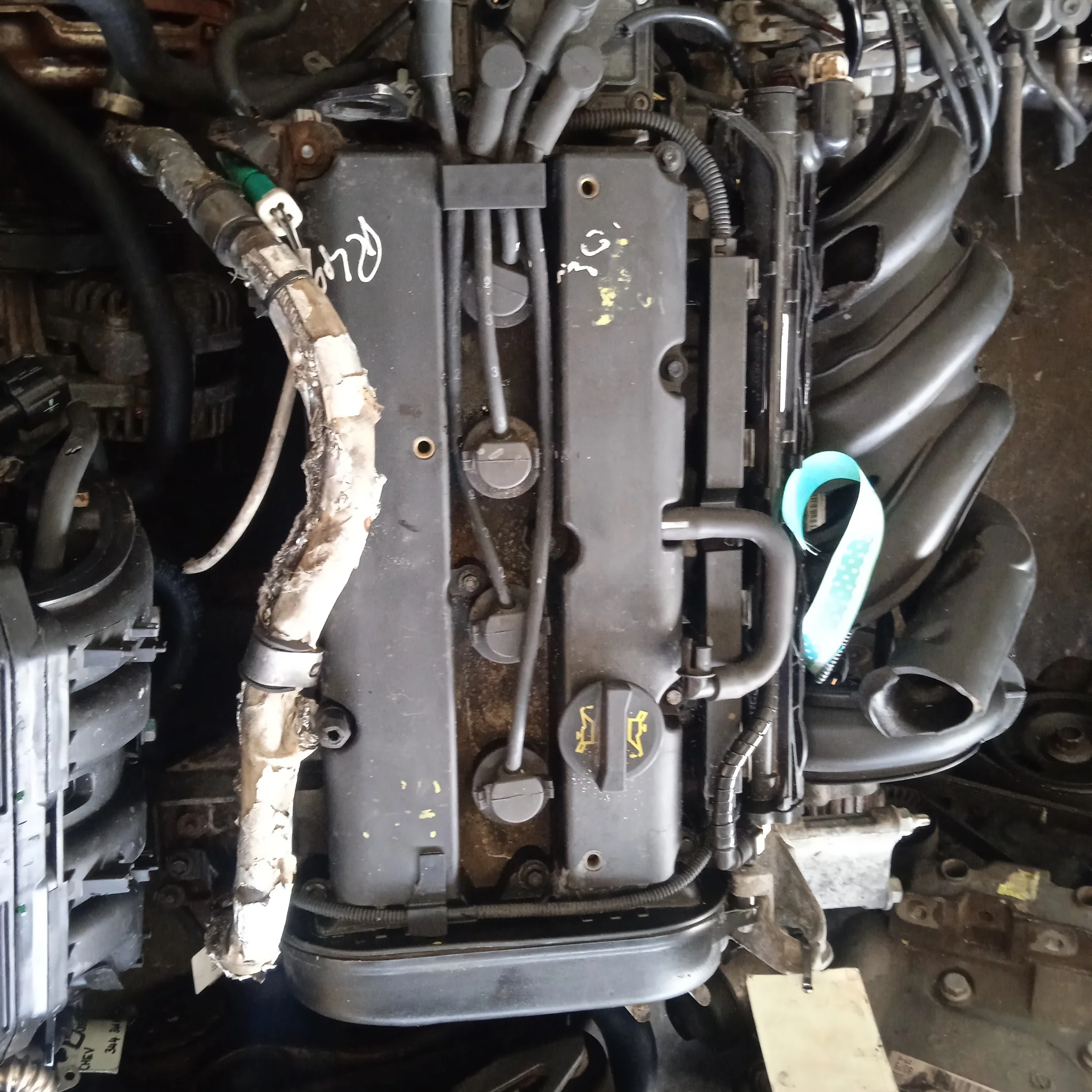Enhance Your Driving Experience with a Reliable Ford Fiesta Engine
Enhance Your Driving Experience with a Reliable Ford Fiesta Engine
Blog Article
Discovering the Evolution of Engines: From Timeless Styles to Modern Marvels
The evolution of engine modern technology represents a substantial story in the history of innovation, marked by critical advancements that have constantly redefined transport and industry. From the initial vapor engines that powered the Industrial Change to the introduction of inner burning engines that transformed flexibility, each phase has actually added to higher performance and capability. Presently, the transition to electrical power symbolizes not just a technological change yet also a wider dedication to ecological sustainability. As we check out these milestones, one must consider exactly how the future of engine style may unfold, challenging our perceptions of power and efficiency.
The Birth of Engine Innovation
The development of engine technology noted a turning point in human innovation, transforming energy conversion and transport. The earliest engines arised from the need to harness mechanical power for practical usage, resulting in the development of tools that converted numerous energy forms right into movement. The concept of the engine can be mapped back to ancient people, where easy machines, such as the waterwheel and windmill, made use of natural pressures to perform job. It was during the late 17th and very early 18th centuries that significant innovations began to appear.
The advancement of the inner combustion engine and the creation of the vapor engine catalyzed a profound change in industrial abilities. These engines not just boosted efficiency however additionally increased the scope of human movement, allowing unprecedented transportation possibilities. The early models laid the foundation for the mechanical globe, assisting in the surge of sectors and reshaping societal structures.
As engine layouts evolved, they advanced and included innovative materials design principles, leading the way for contemporary advancements - ford fiesta engine. The birth of engine technology fired up a ruthless quest of performance and power, establishing the stage for the dynamic development of transportation and industrial equipment that would certainly adhere to
Vapor Engines and Their Effect

The steam engine's influence was particularly obvious in the transportation field (ford fiesta engine). Steam-powered engines promoted the quick motion of goods and individuals throughout large distances, successfully reducing the geographical obstacles that had actually previously hindered trade and interaction. Similarly, steamships changed marine traveling, permitting quicker and more trustworthy crossings of rivers and oceans.
In sector, vapor engines powered factories, allowing mass manufacturing and the surge of city facilities as hubs of economic activity. This change not just modified labor characteristics but additionally added to the introduction of a consumer-driven culture. In addition, steam technology cultivated advancements in design and production processes, laying the groundwork for future developments in engine style. The tradition of steam engines is extensive, showing a crucial minute in human ingenuity and the relentless pursuit of progression.
The Rise of Interior Combustion
Regularly outweighing vapor power, the increase of interior combustion engines noted a transformative change in transport and sector throughout the late 19th and very early 20th centuries. The growth of these engines, defined by their capability to melt fuel within the engine itself, made it possible for greater performance and power compared to standard heavy steam engines. Introducing creators such as Nikolaus Otto and Rudolf Diesel played vital duties in perfecting engine styles, bring about widespread fostering in autos, boats, and commercial machinery.
The inner combustion engine's portable dimension and reasonably light-weight nature assisted in the emergence of individual cars, revolutionizing private flexibility and reshaping urban landscapes. By allowing faster traveling and the effective transportation of goods, these engines catalyzed financial growth and promoted globalization. The flexibility of gas choices, consisting of gas and diesel, additionally enhanced their charm, permitting diverse applications across different markets.
Regardless of the environmental concerns that would later on develop, the initial allure of internal combustion technology stocked its transformative possibility. As culture welcomed this technology, the advice foundation was laid for contemporary transportation systems, establishing internal burning engines as a keystone of commercial innovation and day-to-day live throughout the 20th century.
Innovations in Engine Performance
As inner burning engines came to be indispensable to transport and industry, the emphasis changed in the direction of boosting their performance to fulfill expanding demands for efficiency and sustainability. Advancements in engine style, material science, and modern technology have significantly added to this development.
One significant innovation is the development of turbocharging, which permits boosted air consumption, causing more total gas burning and boosted power result without increasing the size of engine dimension. In addition, variable shutoff timing systems have actually been carried out to maximize engine efficiency throughout numerous RPM varieties, thus enhancing gas performance.
The usage of sophisticated fuel injection technologies, such as straight shot, has additionally played an important function. This technique permits even more specific control over the fuel-air mixture, promoting better combustion and lowering discharges. Light-weight materials, including light weight aluminum and composite components, have actually been taken on to decrease general engine weight, leading to boosted performance.
These improvements reflect a broader pattern within the vehicle sector, where the synergy between engineering advancement and environmental factors to consider drives the continuous quest for higher efficiency in internal combustion engines. Because of this, modern engines are currently extra powerful, cleaner, and reliable than in the past, leading the method for a much more sustainable future in transportation.
The Shift to Electric Power
With growing worries over ecological impact and fossil fuel dependence, the automobile industry is experiencing a substantial change in the direction of electrical power. This shift is driven by a combination of technological improvements, regulative pressures, and altering consumer preferences. Electric vehicles (EVs) supply an engaging alternative to conventional internal burning engines, boasting minimized greenhouse gas discharges and reduced operating more helpful hints expenses.
The increase of battery modern technology has been a video game changer, with lithium-ion batteries ending up being much more efficient and cost-effective. Boosted power density and faster billing capacities have actually made EVs more sensible for daily use. Federal governments worldwide are carrying out incentives and setting enthusiastic targets for phasing out fossil fuel automobiles, thus increasing the adoption of electrical power.
As charging infrastructure expands and battery innovation continues to improve, the change to electrical power is positioned to improve the vehicle landscape, promoting sustainability and innovation in the years to come. The future of transport is electrical, and the momentum is obvious.
Verdict
The evolution of engine innovation represents a substantial trajectory of innovation that has actually profoundly affected transport and industry. From the foundational vapor engines to the transformative interior burning engines, each growth has added to boosted wheelchair and economic development. The current change towards electrical power emphasizes a critical commitment to sustainability, driven by advancements in battery modern technology. This recurring site here evolution not just shows transforming societal needs yet also highlights the potential for a cleaner and much more effective future in engine design.

Report this page